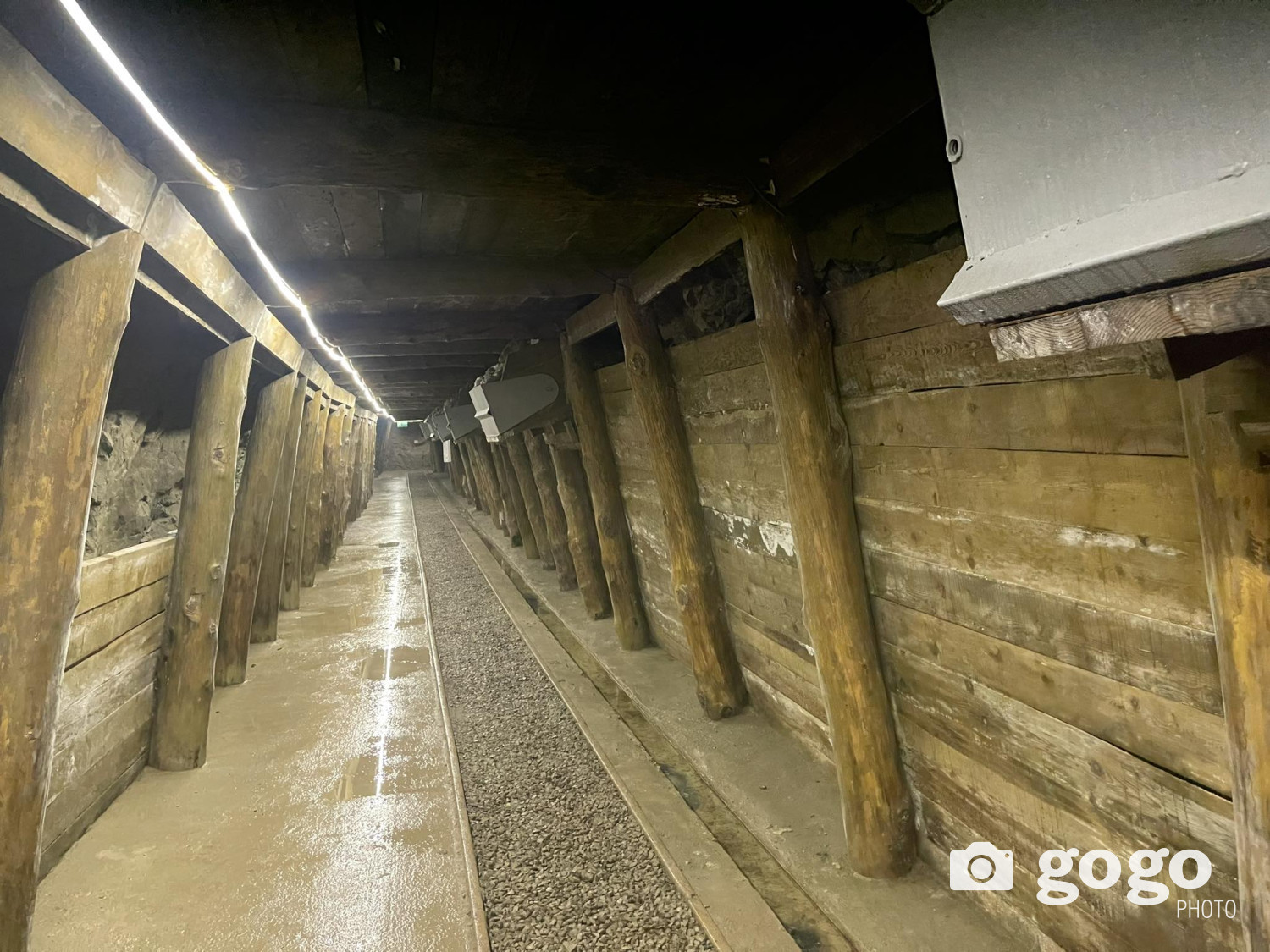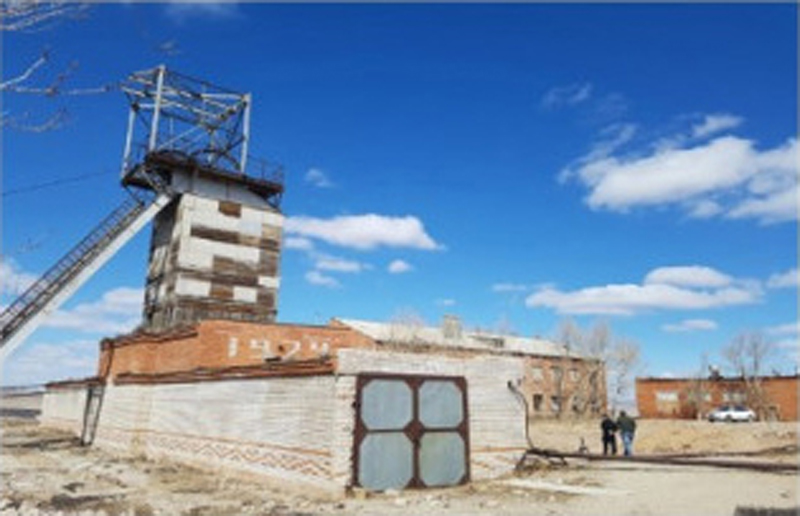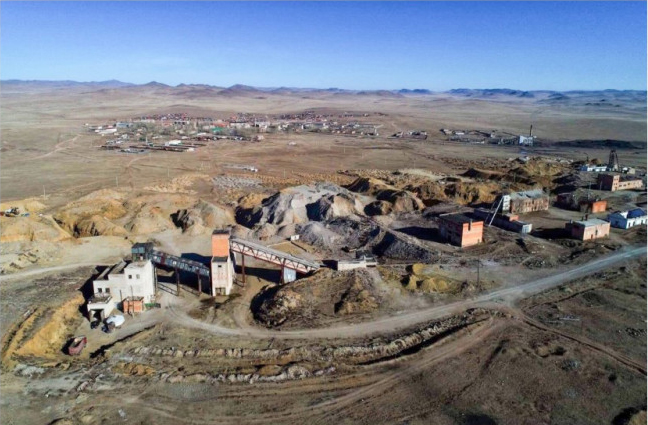Berkh fluorite mine

Berkh mine tunnel

Shaft of Berkh mine

Site of Berkh mine
In September 1954, with the utilization of feldspar from the Jonshit head deposit in the Batnorov Sum area of Khentii province, the Berkh mine commenced its operations. The discovery marked a significant revolution in the mining industry of deep and non-ferrous metals, crucial for the country's strategic raw material needs. Barykh mine's fluorspar gained high value in the global market, finding applications in ferrous and non-ferrous metallurgy, chemical, glass, and cement industries.
In 1971, the mine received the "Golden Polaris" medal for its contribution to Mongolia's mining industry. Over the historical development period, numerous awards, including Mongolian Labor Heroes, Meritorious Miners, and the Order of the Red Banner of Labor Merit, recognized the mine's achievements.
On September 23, 1974, the decision to join the "Mongolsovtsvetmet" union became a pivotal event for the mine's development. With rich feldspar resources, the mine contributed significantly, generating substantial profits until 1985. It served as a major training ground for skilled engineers and technicians in the mining industry.
In May 1999, following Government Resolution No. 74, "Mongolsovtsvetmet" was separated, and "Berkh Uul" continued as a state-owned entity, absorbing the Chandgan coal mine. In 2001, "Berh Uul" SOE transformed into "Berh Uul" Joint Stock Company, later privatized in 2005.
Based on 2011 drilling results at the Delgerkhaan deposit, significant ore reserves were confirmed. Plans include leveraging these resources to construct an underground mine and a concentration plant complex.



